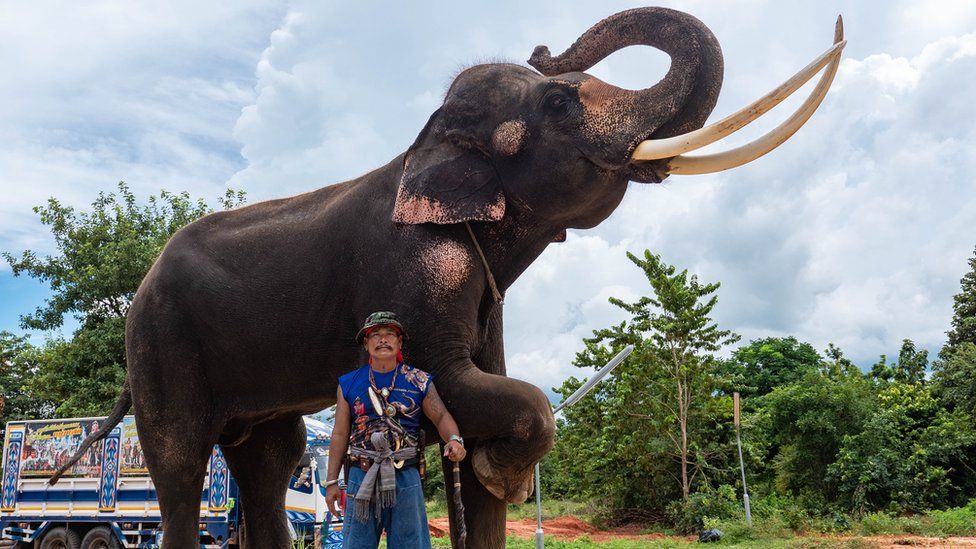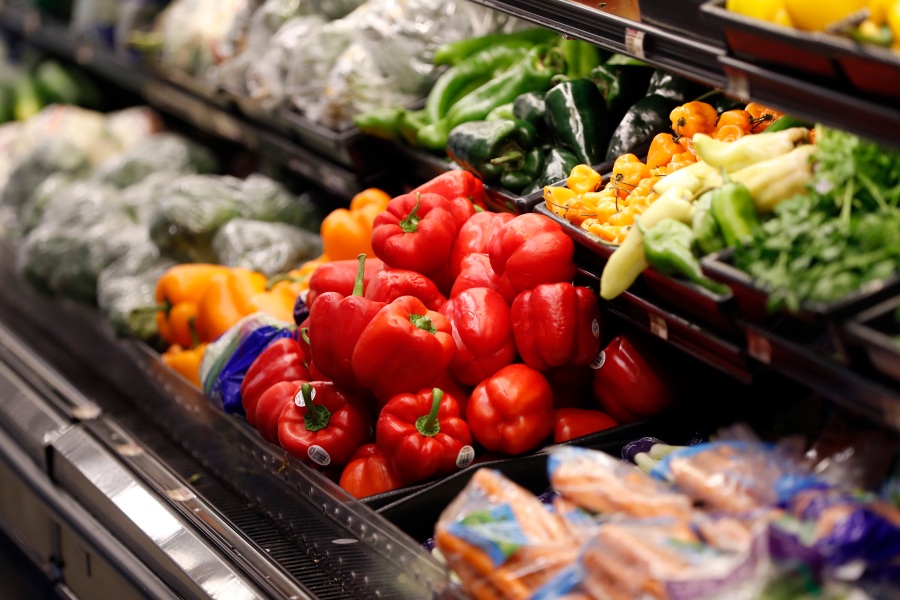Just In | The Hill
One of the more notable misconceptions of many Americans is that people in the United States are worse off than their European counterparts. If we were to only look at income, Americans are wealthier than Europeans on multiple data points: the U.S. outperforms GDP per capita for most of the European Union. The American middle class also outperforms the European one, all while challenging what even counts as the middle class in the first place.
Adding to that, primary needs goods are cheaper for most consumers. As I’ve previously written, Americans spend 5 percent of their disposable income on groceries, compared to 8.7 percent in Ireland (the lowest in the EU), 10.8 percent in Germany, 12 percent in Sweden, 17 percent in Hungary and 25 percent in Romania. However, some critics claim the American food system prioritizes efficiency over sustainability, which in turn hurts the environment. Here is where the analysis gets very interesting.
Toward the end of the 1980s, the divergence between Europe and the United States in terms of agricultural output became noticeable. While Europe has retained a steady agricultural production level since about 1985, the United States doubled its productivity between 1960 and the year 2000 and is on route to breaking the 150 percent productivity gain in the near future. Meanwhile, American agricultural inputs are slowly retracting to the levels of the 1960s, meaning the U.S is producing a much larger amount of food with fewer resources. For instance, in maize production, this means that the United States produces 70 bushels per hectare, while European countries make less than 50.
An interesting mix of regulatory action and inaction has led to this divergence. A large contributor started in the 1970s, when Germany introduced the “Vorsorgeprinzip,” now commonly known as the precautionary principle. This policy is a preventative public safety regulation that inverts the burden of proof for the regulatory approval process: For example, a new crop protection chemical can only be approved if it is shown to have no adverse effects on human health or biodiversity. The precautionary principle does not only rely on mere toxicity but extrapolates to a comprehensive and difficult-to-establish level of proof that a product could never represent any harm. This elongated approval processes for new chemicals significantly as the EU enshrined it into its treaties — with the ironic effect that older pesticides remained on the market while newer products could not get approval.
In fact, a demonstration of the ill effects of the precautionary principle, and incidentally another reason why American farming is more effective, have become visible in the field of biotechnology. Genetically modified foods, commonly known as GMOs, as well as newer gene-editing technology, remains illegal in the European Union. Despite the fact that jurisdictions such as the United States, Canada, Brazil and Israel, have been using these plant-breeding techniques for decades, the precautionary principle and Europe’s heavy-handed regulatory approach prevent it from being used.
The European policies have, in fact, made farming less sustainable because Europe has neglected the innovation angle. Take the example of soil disruption. Agriculture is a large contributor to greenhouse gas emissions because carbon dioxide is stored in the soil, and as farmers disrupt the soil through tillage, that CO2 is released into the atmosphere. The more you disrupt the soil, the more you emit. While in the United States, over 70 percent of farming functions on reduced tillage or no-till farming, Europe still produces over 65 percent of its food on conventional tilling. The reason: no-till farming requires a more considerable use of pesticides, which are frowned upon in Europe.
Without innovation, agriculture cannot become more sustainable. While the European Union intends to reduce farmland, cut synthetic pesticide use and keep novel biotech solutions illegal within its “Farm to Fork” strategy (known as F2F), the United States has opted for a different approach. The USDA’s Agriculture Innovation Agenda (AIA) advances the notion that more innovation, through public and private research and investment, makes the food system more efficient and sustainable. The AIA is the forward-looking approach, while F2F attempts to reduce the impacts of farming on the environment by cutting back on farmland use and reducing the toolboxes of farmers to fight pests and plant diseases.
That said, the American food system also faces challenges. American environmental campaigners and trial lawyers appear to want to introduce a European-style regulatory system through the courts — including by suing food companies. The highly litigious American system creates a perverse effect in which you have to convince a judge or jury of the ill effects of a crop protection tool, not a scientific agency staffed with experts in analyzing data. As a result, developing farming chemicals becomes a liability that only large companies can actually afford, leading to market concentration. This is problematic because in an age when we need agricultural efficiency and innovation more than ever, it is essential for competition to reign in the agrochemical and agro-tech sphere. Competition creates the baseline for scientists, industry professionals and farmers to get a variety of choices in the marketplace.
Ultimately, we should recognize the wonders of modern agriculture. The benefits of high-yield farming are apparent: We feed more people more sustainably, all while having to charge them less for it. For instance, we need 60 percent fewer cows yet produce twice as much milk as we did in the 1930s. We need to build on these types of successes to make our food system more efficient and sustainable.
Bill Wirtz is the senior policy analyst at the Consumer Choice Center, focusing on new technology, agriculture, trade and lifestyle regulations. He recently published “No Copy-paste: What not to Emulate from Europe’s Agriculture Regulation.”
Energy and Environment, Opinion









